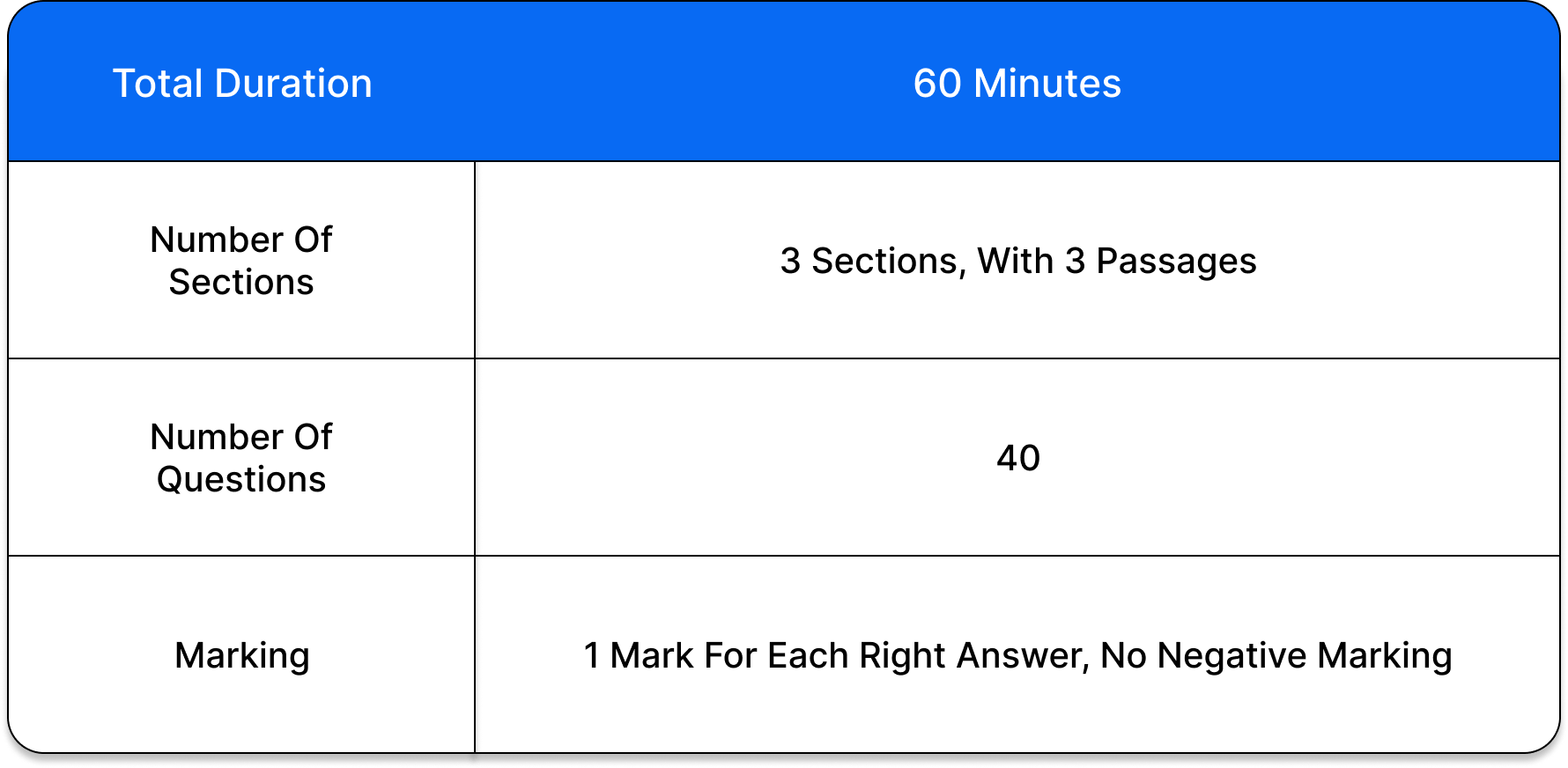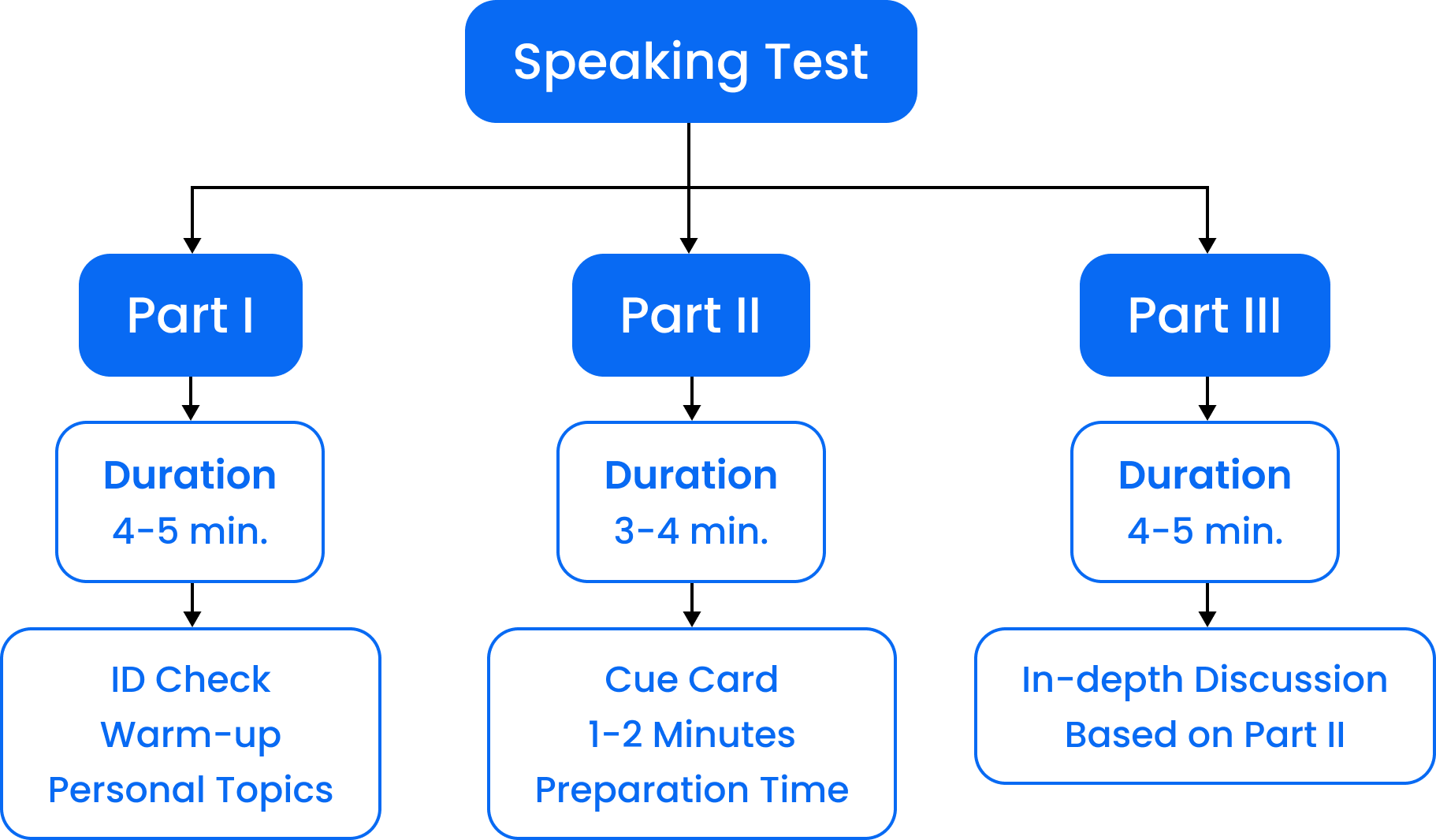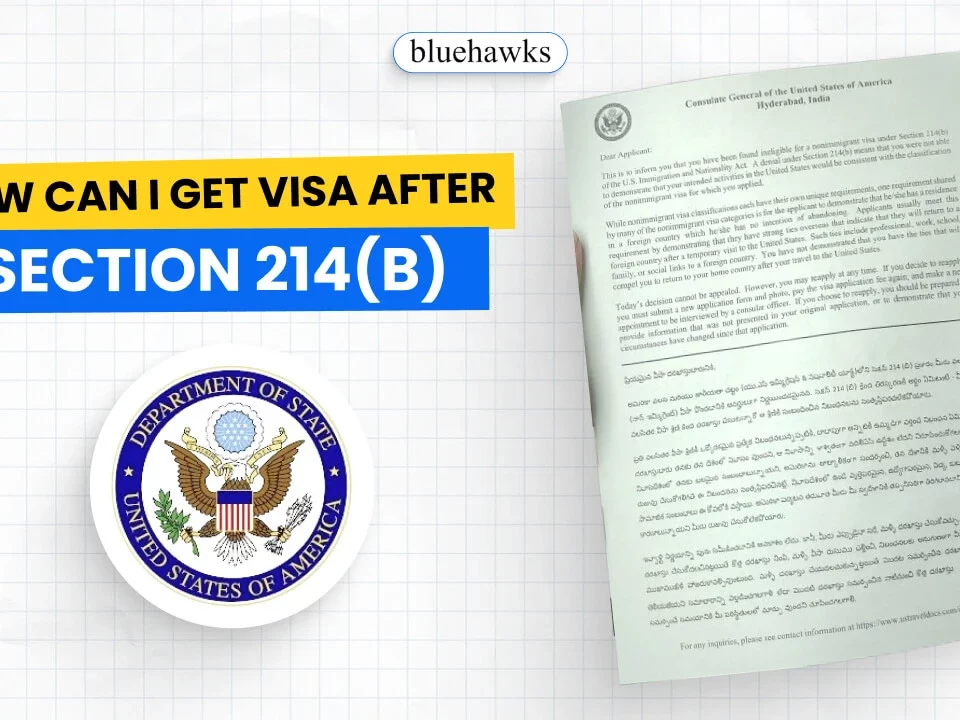Cracking the IELTS – Test Format and Pattern Explained

Cracking the IELTS - Test Format and Pattern Explained
The International English Language Testing System (IELTS) is a widely recognized English proficiency test for those seeking to study, work, or migrate to English-speaking countries. Understanding the test format is crucial for effective preparation. This blog post provides a comprehensive breakdown of the IELTS test format and offers valuable tips to tackle each section with confidence.
Understanding the Two Test Types:
The IELTS offers two distinct formats:
- Academic Test: Designed for individuals applying for higher education programs.
- General Training Test: Suitable for those seeking migration or work opportunities.
Breakdown of the Test Format:
The IELTS test comprises four sections: Listening, Reading, Writing, and Speaking. Each section assesses a specific aspect of your English language skills.

IELTS Exam Format
Listening (40 minutes):
Part 1: Imagine chatting with friends – listen to a short recording and answer questions about it.
Part 2: Think lecture time – listen to someone talking about something interesting and answer questions.
Part 3: Picture a group project – listen to people discussing something related to education or training and answer questions.
Part 4: Now think university lecture – listen to a professor and answer questions about what they said.
- Content and Delivery: You'll listen to four recordings featuring various accents and everyday or academic scenarios (depending on your test format).
- Question Types and Strategies: Multiple choice, matching, labeling diagrams, and short answer questions. Focus on identifying key information, understanding purpose, and following the development of ideas.

Listening Section Format
Reading (60 minutes):
Part 1: Get ready for three short factual texts, like news articles, and answer questions.
Part 2: Dive into one longer factual text and answer questions.
Part 3: Buckle up for a long descriptive or opinionated text, then answer questions.
- Text Types and Length: Three lengthy passages (academic or general) covering diverse topics.
- Question Formats and Tips: Multiple choice, identifying information, matching headings, and completing summaries. Practice skimming and scanning techniques to locate relevant information.

Reading Section Format

Reading Section Help
Writing (60 minutes):
Task 1: Imagine explaining a chart or a picture – write about 150 words describing it.
Task 2: Now show off your writing skills – write about 250 words expressing your opinion on a given topic.
- Task 1: Analyzing Visual Information (20 minutes): Describe a graph, chart, diagram, or table in at least 150 words, highlighting key features and trends.
- Task 2: Essay Writing (40 minutes): Write an essay (at least 250 words) in response to a prompt. Focus on presenting a clear argument, using relevant examples, and maintaining a formal writing style.

Writing Section Format
Speaking (11-14 minutes):
Part 1: It's a friendly chat with the examiner about you, your family, and your interests.
Part 2: Like a mini presentation – you talk about a given topic based on a cue card for one minute.
Part 3: Think conversation time – discuss the topic from Part 2 with the examiner in more detail.
- Test Format and Stages: The face-to-face interaction involves an introduction, individual questions, a discussion about a specific topic, and a concluding talk.
- Tips for Effective Speaking: Speak clearly and confidently, use appropriate vocabulary and grammar, and demonstrate your ability to express yourself fluently on various topics.

Speaking Section Format
Scoring the Test:
Each section is graded on a scale from 1 (doesn't really use English) to 9 (expert user). Your overall score is the average of your individual scores for each section.
How the Points Work:
- Listening: 40 questions, each worth one point.
- Reading: Same here, 40 questions, each worth one point.
- Writing: This one's different. It's graded based on four things (how well you did the task, how clear and organized it is, your vocabulary, and grammar), each worth 25% of your score.
- Speaking: Similar to writing, it's graded on four things (how fluent and clear you are, your vocabulary, grammar, and pronunciation), each worth 25% of your score.
Tips for Students:
- Brush up on academic vocabulary: Since IELTS Academic tests your ability to handle university-level English, using the right words matters.
- Be an active listener: Pay attention to details and keywords in the listening module, like you would in class.
- Read like a pro: Practice skimming, scanning, and finding key points quickly in different types of texts.
- Write clearly and convincingly: Focus on being easy to understand, organized, and expressing complex ideas well.
- Speak up with confidence: Practice talking about various topics and expressing your opinions clearly.
Bluehawks: Your IELTS Success Partner:
We at Bluehawks know students face unique challenges when preparing for the IELTS. That's why our team of experienced counselors and language experts offers a range of services to help you achieve your desired score, including:
- Personalized IELTS coaching: Tailored to your strengths and weaknesses.
- Mock tests and practice materials: Get a feel for the real test and fine-tune your skills.
- Expert guidance and support: We'll help you navigate the application process and overcome any hurdles you face.



